Industry information
Company News
- Ceiling aluminum veneer: the 'invisible hero' of modern architecture
- Fluorocarbon aluminum veneer: the fashionable "coat" of modern architecture
- Aluminum veneer is not only a building material, but also a fashionable new favorite in architecture!
- Aluminum veneer ceiling: a shining pearl in modern architecture
- Ceiling aluminum veneer: the new darling of light luxury space
Industry dynamics
- Aluminum veneer customization, creating a new trend of personalized space
- Customized aluminum veneer, making the building full of personality!
- Ceiling aluminum veneer: a choice for light luxury, creating a new trend in home decor
- High quality decoration 2.5mm aluminum veneer
- Understand the installation and maintenance methods of aluminum alloy air conditioning protective covers
Frequently asked questions
- How to extend the service life of aluminum veneer?
- How to improve the sound insulation performance of aluminum veneer?
- How to choose high-quality aluminum veneer?
- What is aluminum veneer?
- How to improve the corrosion resistance of aluminum veneer?
contact us
Mobile:+86 15627778610
Email: 2201229786
Address: No. 5 Binjiang Road, High tech Zone, Zhaoqing City, Guangdong Province
Hollow aluminum veneer breaks through the boundaries of traditional architecture
- Author: Lesilong Technology (Guangdong) Co., Ltd
- Release time: March 1, 2025 10:46:18
- Click:0

With the continuous development of construction technology, traditional building forms are no longer able to meet people's needs for architecture. hollow outAluminum veneerAs a new type of building material, it has the characteristic of breaking through traditional architectural boundaries and providing architects and designers with more creative space. The following is a detailed introduction on how to use hollow aluminum veneer to break through the boundaries of traditional architecture:
1、 Design concept
1. Innovative design: In design, attention should be paid to innovation, breaking traditional design patterns, adopting novel design concepts, and making buildings more modern.
2. Spatial layout: In the design, spatial layout should be considered, and space should be utilized reasonably to make the building more comfortable and practical.
3. Environmental protection and energy conservation: Environmental protection and energy conservation should be considered in the design, using green materials and technologies to reduce the impact on the environment.
2、 Production process
1. Raw material selection: The main raw material for hollow aluminum veneer is aluminum alloy, which is required to have high strength and corrosion resistance.
2. Cutting and processing: Cutting raw materials into the required size and shape for subsequent processing.
3. Carving processing: Carving the surface of aluminum veneer into the desired pattern or text through carving technology to make it more beautiful.
4. Welding processing: Weld aluminum veneers from different parts to form a cohesive structure.
5. Surface treatment: anodize the aluminum veneer to form a layer of oxide film on its surface, and then perform processes such as spraying and baking paint to finally form a uniform, smooth, and brightly colored surface.
3、 Application scenarios
Hollow aluminum veneer can be used for exterior wall decoration of various buildings, especially in places that require creativity and artistry, such as museums, art galleries, theaters, etc., to create unique architectural images. For example, in the 798 Art District of Beijing, many buildings are designed with hollow aluminum panels, creating a sharp contrast with the surrounding environment and becoming one of the important landmarks in the area. Similar design techniques have been adopted in the Bund of Shanghai, the Pearl River New Town of Guangzhou and other places, making these buildings more modern and fashionable.
Hollow aluminum veneer is a highly suitable decorative material for breaking through traditional architectural boundaries, and its unique design and manufacturing process can provide architects and designers with more creative space. In future architectural design, hollow aluminum veneer is expected to become an important building material.

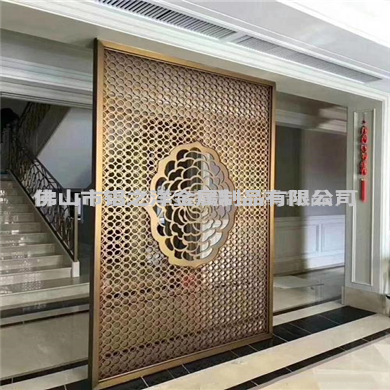

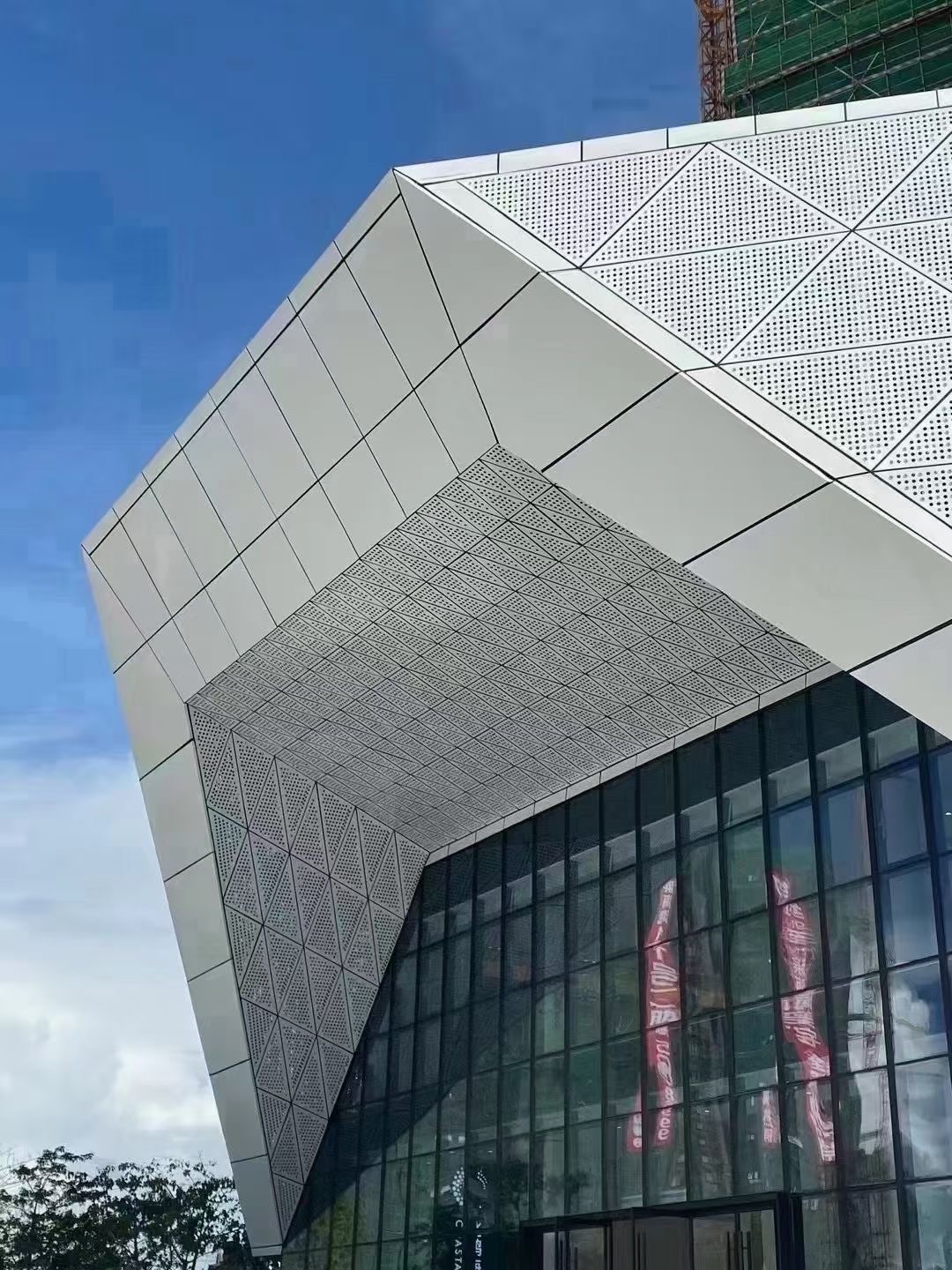
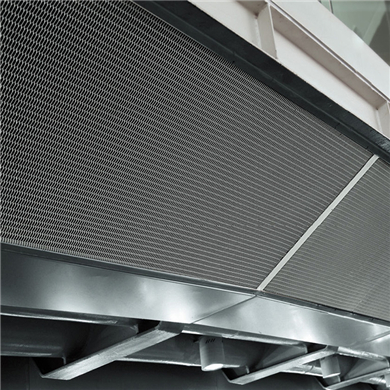
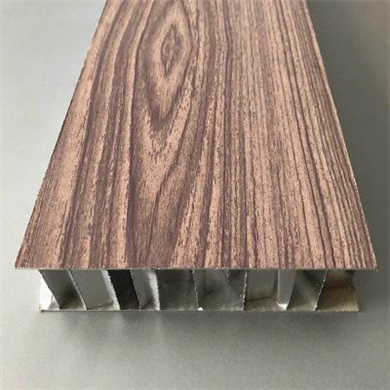
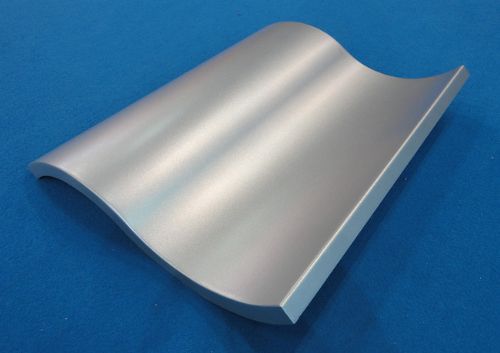
 Customer service QQ
Customer service QQ